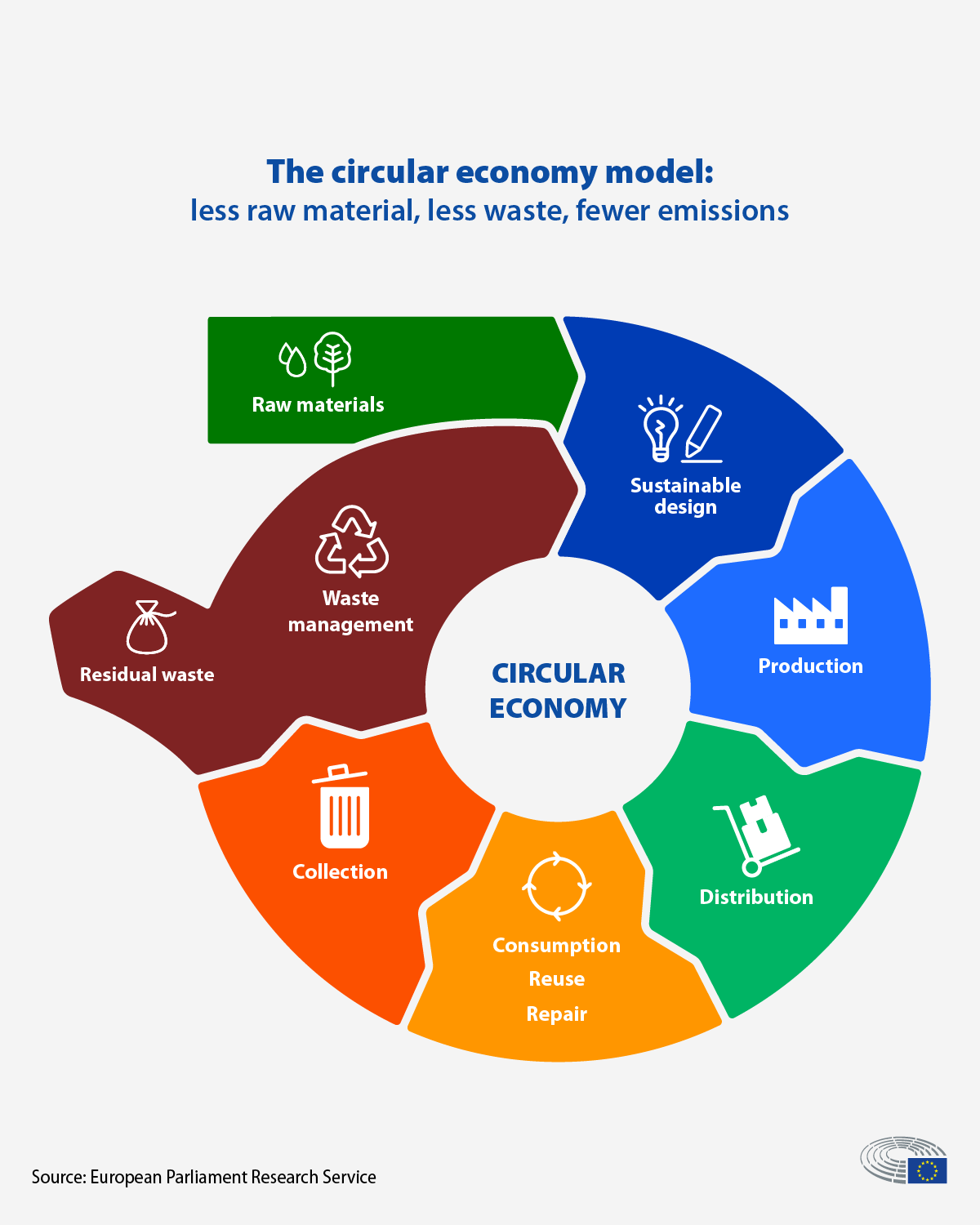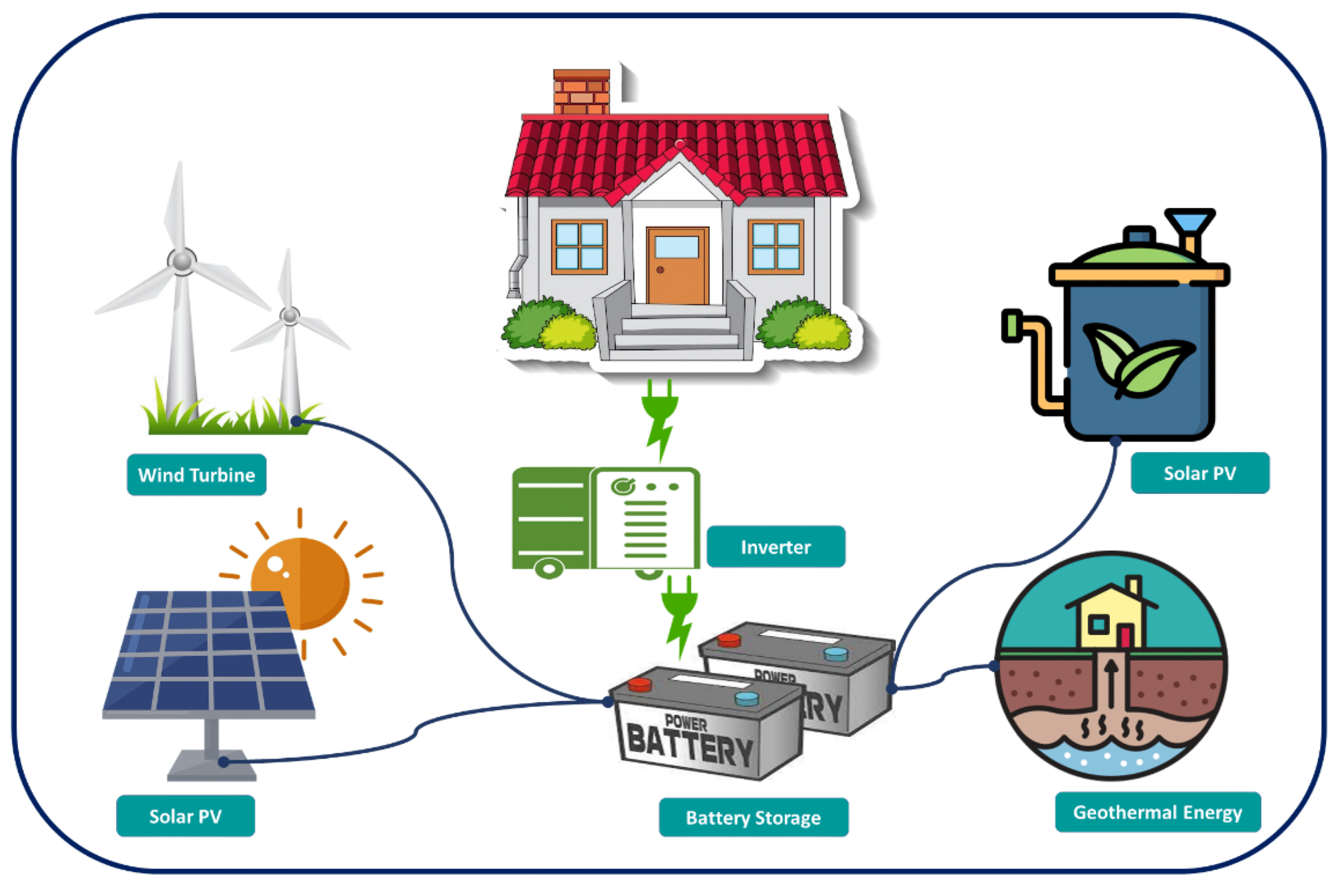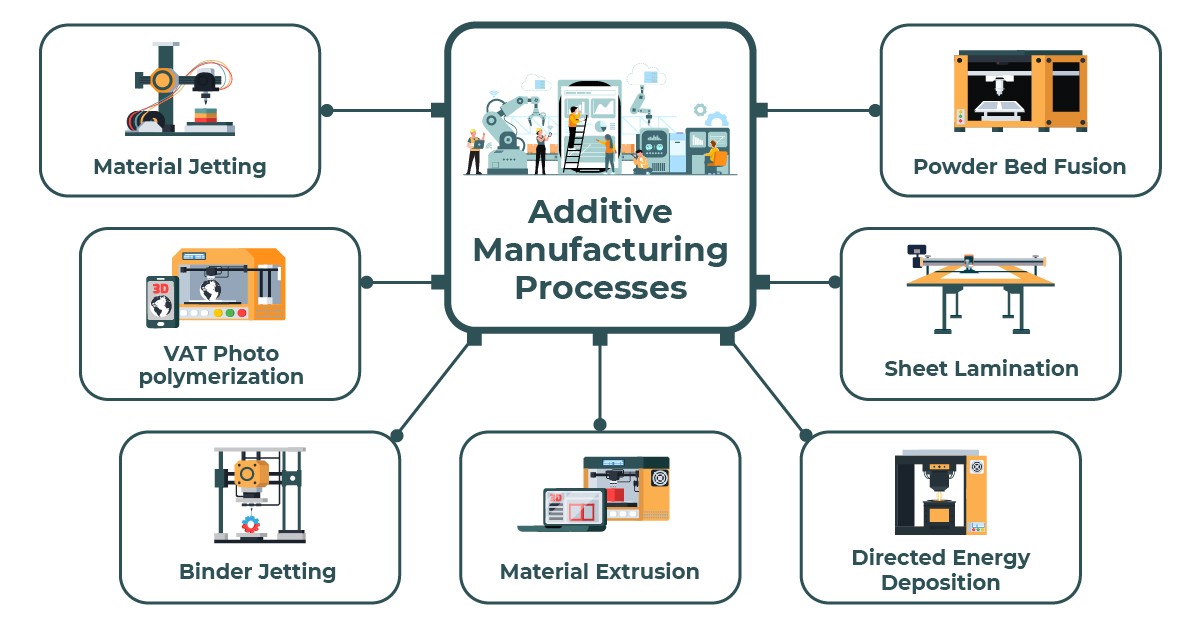The manufacturing industry is undergoing a profound transformation, driven by the urgent need to address environmental challenges and resource limitations. Traditional manufacturing models, which treated resources as infinite and waste as inevitable, are being replaced by innovative approaches that prioritize sustainability throughout the product lifecycle. This shift is not only a response to regulatory pressures and market demands but also a strategic imperative for competitiveness and long-term viability.
The Shift Toward Circular Economy
A key innovation reshaping manufacturing sustainability is the adoption of circular economy principles. Unlike the linear “take-make-dispose” model, circular manufacturing emphasizes the reuse, remanufacturing, and recycling of materials to minimize waste and reduce environmental footprints. Advanced recycling technologies now enable the complete breakdown and reuse of materials, allowing manufacturers to close the loop on resource consumption. This approach not only conserves raw materials but also reduces operational costs and enhances environmental compliance. However, achieving full circularity involves overcoming challenges such as material recovery limitations and the need for significant initial investments. Collaborative efforts among manufacturers, suppliers, governments, and other stakeholders are essential to accelerate this transition.

Advanced Materials and Renewable Energy Integration
Innovations in material science are also pivotal in advancing sustainability. Bio-based materials derived from renewable sources are increasingly replacing petroleum-based inputs, offering improved durability and recyclability. These materials reduce dependency on fossil fuels and lower the carbon footprint of manufactured products. Concurrently, renewable energy systems-such as solar, wind, and hydrogen technologies-are becoming more efficient and economically viable for powering manufacturing operations. The integration of energy storage solutions and microgrids enables factories to manage energy consumption intelligently, further reducing greenhouse gas emissions. Carbon capture and utilization technologies add another layer of innovation by transforming industrial emissions into valuable materials or energy sources, turning waste into economic opportunities.

Digitalization and Smart Manufacturing
Digital technologies form the backbone of modern sustainable manufacturing. Artificial intelligence (AI), machine learning (ML), the Internet of Things (IoT), and blockchain are revolutionizing how manufacturers optimize resource use, improve energy efficiency, and enhance supply chain transparency. AI-powered predictive analytics help identify opportunities to reduce waste and energy consumption, while IoT sensors enable real-time monitoring and control of manufacturing processes. Blockchain technology enhances traceability, ensuring ethical sourcing and accurate carbon footprint reporting. These digital tools not only improve sustainability metrics but also boost operational efficiency and reduce downtime. Despite the benefits, many manufacturers face challenges in adopting these technologies due to legacy systems and workforce readiness, necessitating investment in digital infrastructure and skills development.
Additive Manufacturing and Process Innovation
Additive manufacturing, or 3D printing, exemplifies an innovation that directly supports sustainability by reducing material waste and enabling more precise production. This technology allows manufacturers to produce complex parts with minimal excess material, lowering raw material consumption and energy use. Additionally, innovative process improvements such as lean manufacturing and energy-efficient equipment contribute to minimizing waste and environmental impact. By continuously pushing the boundaries of what is possible, manufacturers can develop more sustainable processes that align with evolving consumer expectations and regulatory frameworks.

Benefits and Future Outlook
Embracing sustainability and innovation in manufacturing yields multiple benefits. Environmentally, it reduces waste, conserves resources, and lowers emissions. Economically, it enhances competitiveness by cutting costs, opening new markets, and fostering brand loyalty among increasingly eco-conscious consumers. Socially, sustainable manufacturing supports responsible business practices that consider the broader impacts on communities and workers. The future of manufacturing is thus intertwined with sustainability and innovation, with ongoing advancements expected to further improve efficiency, reduce environmental footprints, and transform the industry’s role in society. Manufacturers that proactively integrate these principles will be better positioned to thrive in a rapidly changing global economy.
In conclusion,
sustainability and manufacturing innovations are converging to redefine how products are designed, made, and managed. Through circular economy models, advanced materials, renewable energy, digitalization, and process innovations, the manufacturing sector is evolving into a more responsible and resilient industry. This transformation not only addresses pressing environmental challenges but also drives economic growth and social value, heralding a new era of sustainable industrial development.

